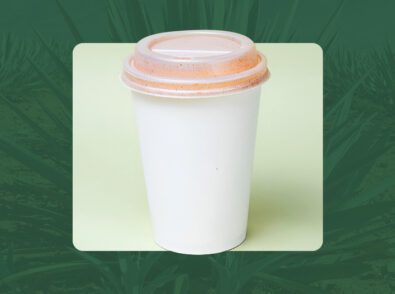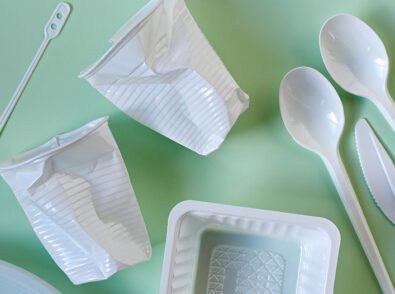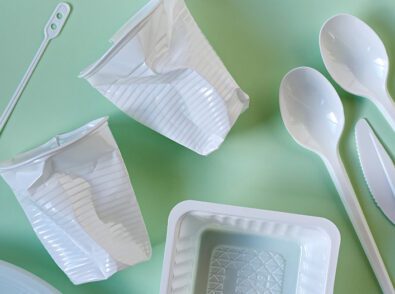Types of Plastic and Recyclability

Plastic is everywhere, from food and cosmetic containers to cutlery and crockery. It’s imperative to understand the different types of plastic, what plastics can be recycled, recycling numbers, and how to make thoughtful choices toward a healthier planet.
What Are the Different Types of Plastic?
Plastics come in many forms and have unique properties. Knowing the differences between each helps you make informed decisions about use and disposal.
- Polyethylene Terephthalate (PET): Lightweight and durable, PET plastics are commonly used for water bottles and food packaging.
- High-Density Polyethylene (HDPE): HDPE is sturdy and chemical resistant, making it perfect for detergent bottles and milk jugs.
- Polyvinyl Chloride (PVC): PVC is strong and versatile, often used in plumbing pipes, but less suited for recycling due to toxic additives.
- Low-Density Polyethylene (LDPE): Flexible and moisture-resistant, LDPE is ideal for grocery bags and plastic wrap.
- Polypropylene (PP): Heat-resistant and tough, PP plastic is common for takeout containers and bottle caps.
- Polystyrene (PS): Lightweight and insulating, you’ll often see PS as foam cups or packaging materials.
- Other: A catch-all for various plastics, including bioplastics and mixed materials, with varying recyclability.
Understanding the makeup of your products makes it easier to dispose of and easier to move to sustainable alternatives, like agave-based straws instead of plastic straws.

Plastic Recycling Numbers
The recycling symbols on plastic products are key to sorting and processing materials. These numbers tell you what kind of plastic you’re dealing with and whether it’s accepted in local recycling programs:
- 1 (PET): PET is a #1 plastic used in water bottles and beverage containers because it doesn’t leak toxins like other plastics.
- 2 (HDPE): HDPE is a #2 plastic and is stronger and more durable than LDPE. It is used for milk, soap, detergents, and motor oil because it can withstand higher stress and temperature than other plastics.
- 3 (PVC): PVC is a #3 plastic and is considered non-recyclable by most standards. It’s commonly used for pipes, fittings, and high-tech applications, such as medical devices, wire, and cable, as well as for containers, roofing materials, window frames, automotive interior parts, footwear, and clothing.
- 4 (LDPE): LDPE is a #4 plastic used to make trash bags, shopping bags, films and sheeting, food containers, food wrap, etc. When recycled, it is turned into composite lumber, piping, trash bags, food wrap, and items used in construction, agriculture, and more.
- 5 (PP): PP is a #5 plastic often used in food and chemical containers due to its resistance to heat and corrosion. It’s also used to make plastic furniture, gears, machine parts, kitchenware, disposable diapers, cereal box liners, disposable plates, cups, and cutlery.
- 6 (PS): Polystyrene is a #6 plastic commonly used to make takeout food containers, coffee cups, egg cartons, foam insulation, packing material, housings, and electronics casings.
- 7 (Other): The #7 category includes various plastics, often non-recyclable, like polycarbonate and bioplastics, requiring special recycling facilities.
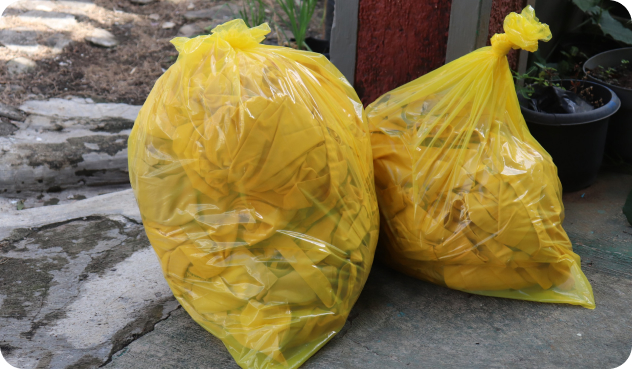
What Number of Plastics Can Be Recycled?
Many plastics get a second life through recycling, turning waste into valuable new products. These materials are commonly accepted in recycling programs:
Polyethylene Terephthalate (PET) – #1
PET is 100% recyclable and accepted by all recycling programs. PET is unique in that it can be recycled multiple times—unlike different types of plastic, which degrade after the first cycle. It is primarily used in beverage bottles, food containers, and some synthetic fibers. The recycling process for PET is well-established, making it easy to collect and process. PET is accepted in almost all curbside recycling programs, and it can be recycled into new products like t-shirts, sweaters, jacket insulation, and even new bottles.
There are some caveats, though. PET can be infinitely recycled back into beverage containers, but the recycled product is also made into fiber for carpets, pillows, and upholstery, which can’t be recycled. Plus, many of these bottles are discarded as litter or into landfill-bound trash, meaning they are not recycled. According to the EPA, the recycling rate for PET was only 29.1% in 2018.
High-Density Polyethylene (HDPE) – #2
One of the easiest plastics to recycle is HDPE because it is chemically stable and resists degrading during the recycling process. Its simple structure makes it easy to melt down and reshape, and there’s a high demand for recycled HDPE in products like bottles, pipes, and outdoor furniture.
HDPE containers are accepted by recycling programs and can be disposed of through curbside programs. However, the EPA reports that only 29.3% of “natural” HDPE containers were recycled in 2018 (the natural category refers to lighter, translucent bottles).
Low-Density Polyethylene (LPDE) – #4
LPDE is flexible and is often recycled into products like plastic lumber or bin liners. However, contamination from food or grease makes it harder to process, and thin films like plastic bags can jam recycling equipment, so many recyclers feel it’s not worth their while to accept it. As a result, many curbside programs do not take LDPE. Look for store drop-off programs in your area as an alternative.
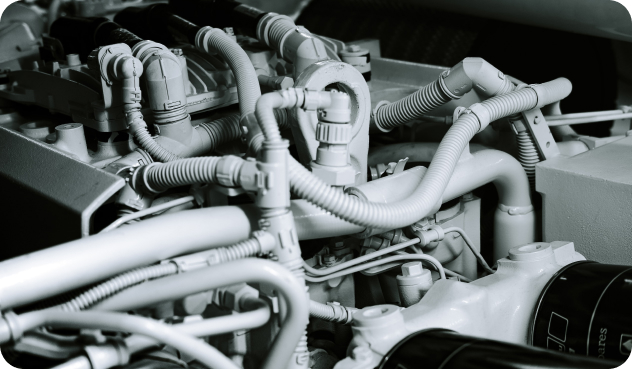
Polypropylene (PP) #5
PP is becoming more recyclable as technology improves. Its high melting point makes it durable, but that same feature complicates recycling. Now, more facilities can handle PP, turning it into items like storage containers, car parts, and reusable food packaging. Contact your local recycler to make sure they can process PP. It can be extremely harmful to the environment when it is not disposed of properly, so it’s critical to seek out safe avenues.
Of all PP plastics manufactured, only 1-3% are recycled, making it one of the least recycled post-consumer plastics. That said, it can be recycled into fibers for industrial materials, mailing envelopes, and many of the same types of products for which they were initially intended.
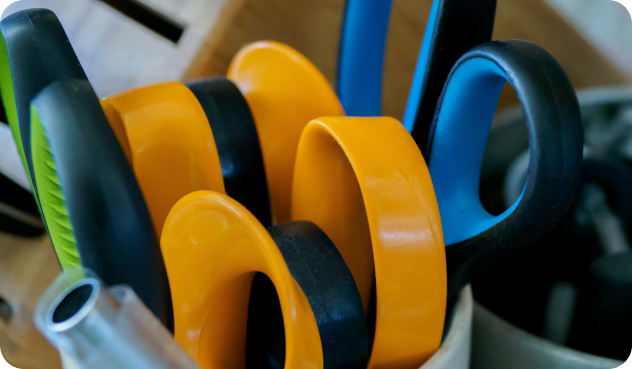
Which Plastics Are Less Likely to Be Recycled?
Some plastics present challenges due to their chemical composition, how they’re used, or the lack of recycling infrastructure. When plastics are harder to break down or contain additives, they’re less likely to be recycled. This is where plant-based and compostable alternatives come in.
Polyvinyl Chloride (PVC) – #3
PVC is chemically recyclable and can be converted into new plastics. However, heat releases hydrogen chloride from PVC, so even in its functional state, it poses a danger to humans and the environment. The EPA reports negative volumes of PVC recycled vs. amounts produced in 2018. From this, we can only assume that PVC waste is entering landfills and contributing to environmental concerns.
Because of its hazardous nature, PVC is not accepted in curbside programs, but it should not be taken to landfills. If you have PVC to dispose of, contact your local recycling facility and arrange to drop it off. You might also consider donating PVC pipe or building materials to Habitat for Humanity so they can be reused.
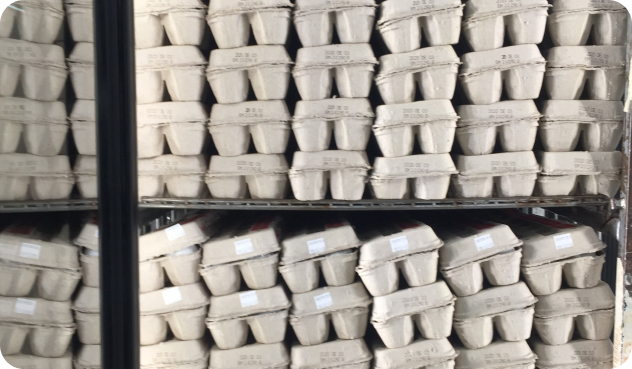
Polystyrene (PS)
Polystyrene, especially in its foam form, such as styrofoam, is about 90% air, making it lightweight and easy to transport. It also breaks apart easily, turning into microplastics that are difficult to capture and clean. The low market demand for recycled polystyrene means many facilities avoid processing it altogether. Plus, when incinerated, PS emits many harmful compounds, including polycyclic aromatic hydrocarbons, carbon monoxide, and other carcinogenic molecules—besides many other serious dangers to the central nervous system.
Other Plastics – #7
This catch-all category includes mixed plastics and bioplastics, each with different properties. Because these materials lack a standardized recycling process, they often end up in landfills. Some bioplastics, which are plastics made from renewable sources, are compostable, making them a better option when traditional recycling is unavailable.
Take a Step Toward a Sustainable Future
Plastic waste is a global issue due to the range of products it powers and its resistance to degradation. By understanding the proper disposal methods for various plastics, you can make informed choices that support a healthier planet.
Choosing companies like Greenprint that prioritize sustainable products and production processes is an easy way to make a significant impact. By opting for eco-friendly alternatives, you reduce plastic waste and promote a circular economy. Together, we can hold businesses accountable for their environmental impact and ensure a sustainable future for the next generations.
References
- https://www.epa.gov/facts-and-figures-about-materials-waste-and-recycling/plastics-material-specific-data
- https://www.plasticsforchange.org/blog/which-plastic-can-be-recycled
- https://www.habitat.org/restores/donate-goods
- https://www.epa.gov/trash-free-waters/frequently-asked-questions-about-plastic-recycling-and-composting#diff


